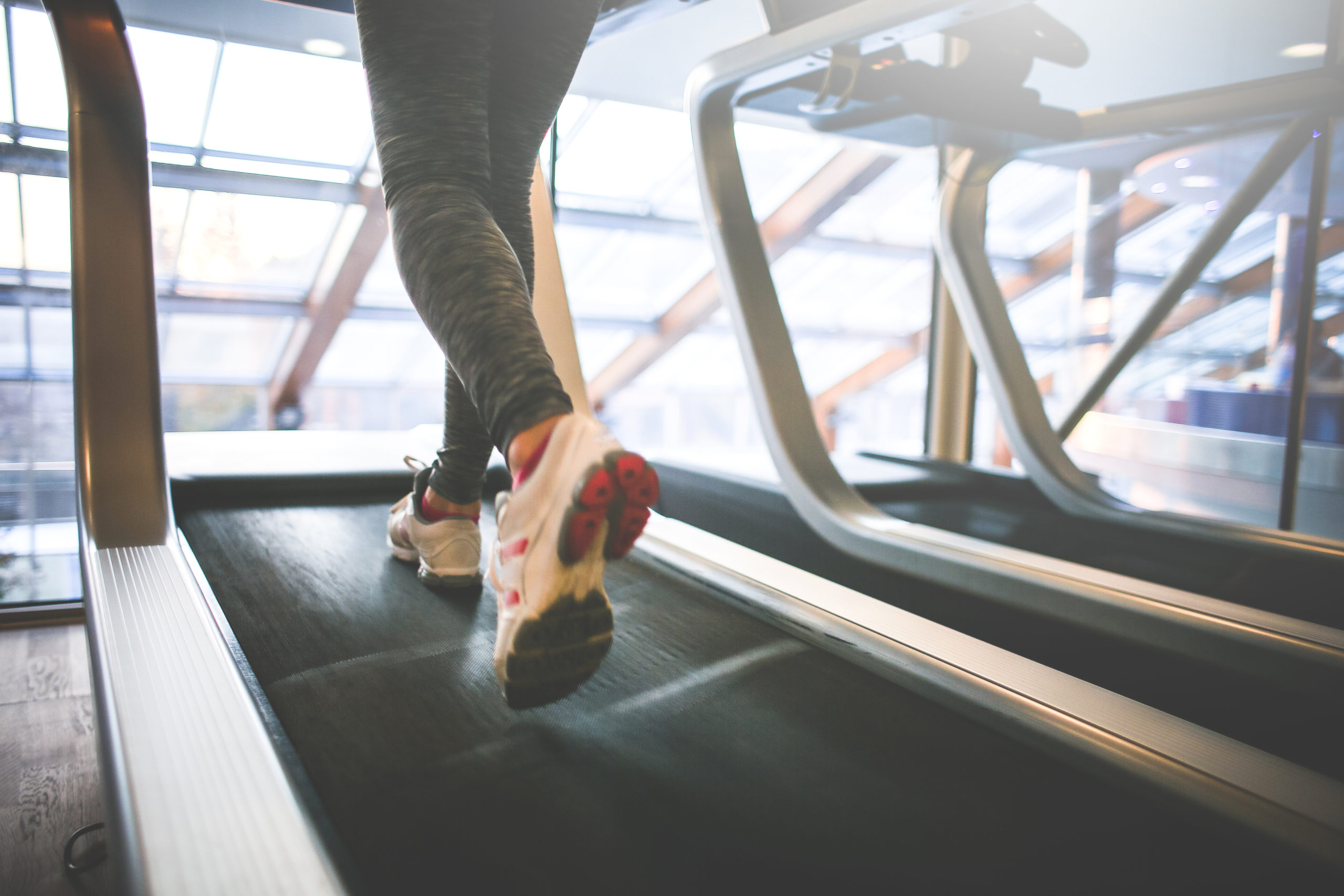Top Tips for Fat Loss
The heat is here. The desire to get in shape, buried deep within our unconscious mind, is suddenly uncovered by a lack of clothing. In the excitement, fat-loss folklore and marketing hype claim many victims. In brief, reject immediately any program which mentions “low-fat”, “aerobics”, “take three pills a day”, “fifty exercises in one machine” or “twenty easy minutes three times a week”. The truth is always buried beneath the most prominent headlines! Below are the most crucial tips I have found over a twenty year career in the personal training trenches.
- Base your fat loss efforts on a high volume of anaerobic exercise. Anaerobic exercise can radically increase metabolic rate and preserve or build muscle. Comparatively, aerobic exercise (such as jogging) has little or no positive effect on metabolic rate and reduces muscle tissue. Aerobic exercise results in “skinny-fat syndrome” (you may lose weight but your bodyfat percentage will remain high). Anaerobic training specifically drains muscle of its fuel (glycogen and creatine phosphate). The body replenishes muscle by diverting calories away from fat cells. In effect, your body will sacrifice fat stored on the gut to refuel your biceps! Strength training best assures balanced and comprehensive depletion of muscle fuel. Add other anaerobic activities (sprint intervals, wrestling, gymnastics etc.) to further burn calories. For the average individual, five to ten hours of anaerobic exercise per week is necessary to smash fat!
- Bundle your carbs into one meal (two meals at most). Remove traditionally fattening carbs (flour, rice, sugar etc.) from all of your daily meals and consume them all at once in the evening (see Tip #5 regarding eating big before sleep). While weird sounding at first, bundling carbs has two major benefits:I. It is easy to lose track of carbohydrate consumption over a whole day of eating. Grouping all the usual suspects together puts everything in plain sight. This is an easy way of fostering diet awareness – the first step to long-term weight management.II. Major carbohydrates removed, the remaining constituants of your meals will have a lower impact on blood sugar (proteins, vegetables, berries and other fruit). Long periods of low blood sugar are the key to improving insulin sensitivity and metabolic health. You can lose fat with higher glycemic foods but expect blood sugar crashes and increased appetite.
- Increase your protein intake. While it is true a gram of carbohydrate and a gram of protein contain the same number of calories (4 cals), choosing protein makes sense for the following reasons:a. metabolizing protein requires more calories than metabolizing carbsb. higher protein diets preserve muscle better than lower protein dietsc. protein suppresses appetite better than carbohydrates
d. protein has a less dramatic effect on blood sugar
Still skeptical of the benefits and safety of a higher protein diet? Do some first-hand research at pubmed.com and find enough evidence to consider a change of perspective. Still not convinced? Likely your beliefs are dictated by emotion as opposed to reason.
4. Ready your state of mind. As soon as you set any goal obstacles will appear. You must have the attitude of a warrior. Stick to your program despite a busy schedule, despite a lack of sleep, despite a lack of support and despite minor injuries! Do not stray from your path. A positive and driven state of mind is the most crucial aspect of achieving any goal. Be ready for war!
5. Eat your largest meal at the end of the day. While counter-intuitive for many, there exists a boat load of reasons for eating your largest meal before bed. Here are just a few:
a. A large meal before bed prevents the misery of trying to sleep while still hungry
b. Big meals make you drowsy – the best time to feel drowsy is just before bed!
c. Sleeping is a six to eight hour fast – that is a long time for your muscles to be without fuel. Current research suggests loading up on nutrients before sleeping to build and sustain muscle.
d. Having a flexible evening meal best accomodates social needs. Have some pasta with the family or sushi with friends without jeopardizing your goals!
e. By the end of the day you know whether you have been naughty or nice (from a diet perspective). The final meal can be adjusted accordingly.
6. Stock up on fiber and resistant starch. Fibrous fruits and vegetables occupy your mouth and stomach while delivering few calories. Besides helping with satiety, these foods keep you regular and provide immune as well as performance supporting nutrients. Resistant starch, a carbohydrate polymer turned defiant, is the new star on the nutrition front. Some types of resistant starch pre-exist in plant foods (such as green bananas). Other types are formed when regular starches (such as those found in potatoes and rice) are heated and then allowed to cool. Compared to regular, fully digestible starches, resistant starches are lower in calories and have a host of metabolic benefits (including nourishing good bacteria and improving insulin sensitivity). Cooled rice (as found in sushi and ochazuke) may be the real secret behind Japanese longevity.
Anyone can lose weight if they starve themselves sufficiently. However, weight loss is not the only goal. Sustainability requires preservation of muscle, metabolic rate and a sense of wellness. The fat loss lifestyle has to be reasonably convenient and satisfying. Get strong, build stamina, find an edge and strive to be a relentless beast! Defy what you believe is popular opinion. Follow the six tips above and perpetually slay fat.
